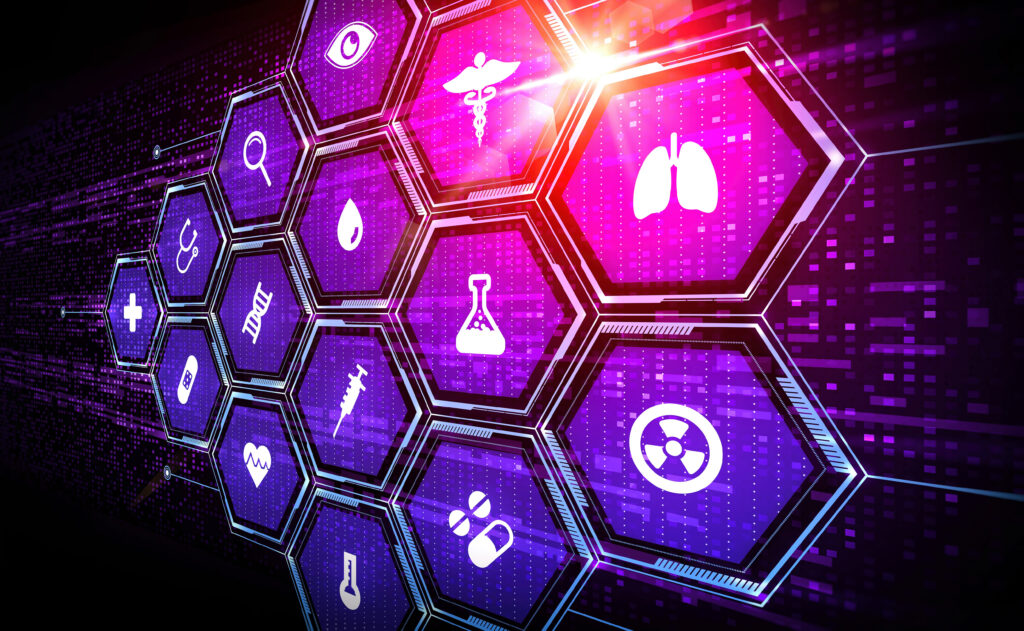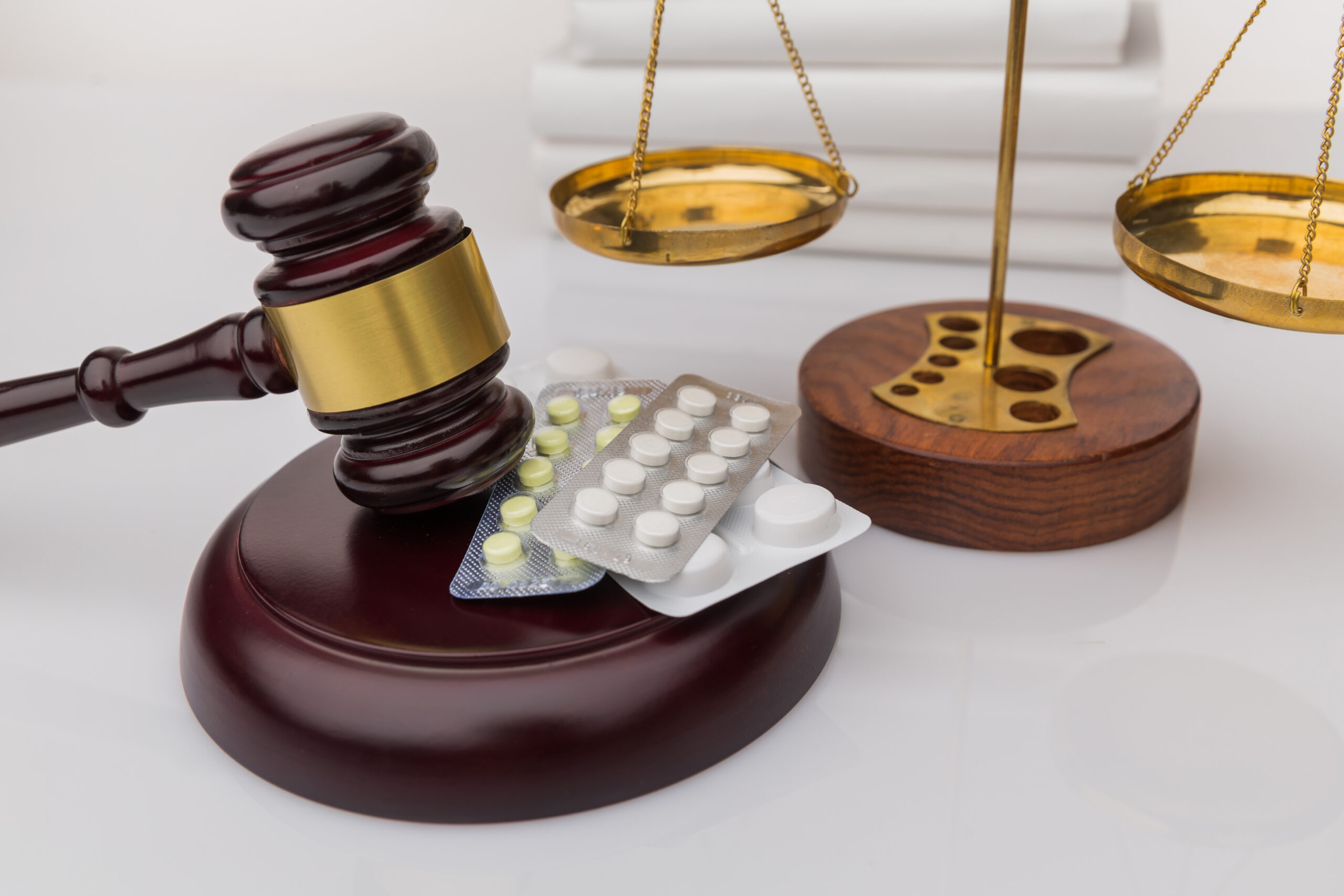By: ahadap, Date: September 19th, 2023
In life science, scientists conduct research on living organisms, seek innovative solutions to diseases, and explore the vast potential of biotechnology. These discoveries can change the course of human history. But behind every scientific breakthrough in the field of life sciences lies a crucial factor that helps in protecting these amazing discoveries: patents.
What is a Patent in Life Sciences?
A patent is a legally granted exclusive right that allows inventors to protect their novel discoveries, inventions, or processes for a specified period, typically 20 years from the date of the application. In the life sciences, patents cover a wide range of innovations, from new drugs and therapies to novel biotechnological methods and medical devices.

The Role of Patents in Protecting Life Sciences Innovation and Research
- Providing Legal Protection: Patents grant exclusive rights to innovators to protect their research on medical devices, biological research, agricultural products, foods, and cosmetics. Life science patents can prevent others from illegally creating copycats and commercially exploiting an invention.
- Encouraging Investment and Funding:
When a patent is granted, it becomes the inventor’s property that can be bought or sold. Due to the credibility of the innovation, it raises its commercial value. When life science firms have a good intellectual property portfolio, they attract potential investors who are willing to fund their research and development.
- Promoting Collaboration and Licensing:
Patents promote collaboration within the scientific community. Researchers can disclose their findings while maintaining ownership over their work.
Requirements For Patentability
A patent can be granted to the invention or discovery with the following criteria:
- Novelty: The invention or discovery must be new and has not been disclosed to the public before.
- Non-Obviousness: The invention or discovery must have an inventive step that is not obvious to a skilled person in the field.
- Useful: The invention or discovery must have practical use.
Patentable Innovations in Life Science
- Pharmaceutical Products:
The most frequently patented innovation in life science is pharmaceutical products. Patents are granted to the new formulations and processes for manufacturing a new medicine. Aside from new medicines, new uses of existing drugs can also be patented.
- Biotechnological Processes:
Innovations related to biotechnological processes are also granted patents. These can include biological processes and microorganisms that have an essential role in agriculture, medicine, and the environment.
- Medical Devices:
Medical devices and equipment, such as diagnostic tools and surgical instruments can be patented if they meet the requirements for patentability.
- Biological Materials:
Biological materials such as microorganisms, bacteria, and enzymes can be patented as long as they are novel, non-obvious, and useful.
- Research Tools:
Innovations in laboratory equipment or research methodologies that contribute to the advancements in life science can also be patented.
Understanding the importance of patents in the field of life science is essential to anyone involved in research and innovation within this dynamic domain.
Join our upcoming webcast to learn more: Patent Protection in Life Sciences: Creative Approaches to Safeguard Your Innovations
Upcoming Webcasts
Critical Issues in Hatch-Waxman Litigation
The pharmaceutical labeling carve-out regulations remain a source of complexity in several cases. The Hatch-Waxman Act created a way for the Food and Drug Administration (FDA) to approve generic drugs even if they omit information about protected use to encourage competition among generic products. However, following the Teva v. GSK ruling, businesses must exercise caution and recognize the intricate relationship between Orange Book listed use patents, reference listed drug’s prescribing information, and promotional labeling and other related activities.

